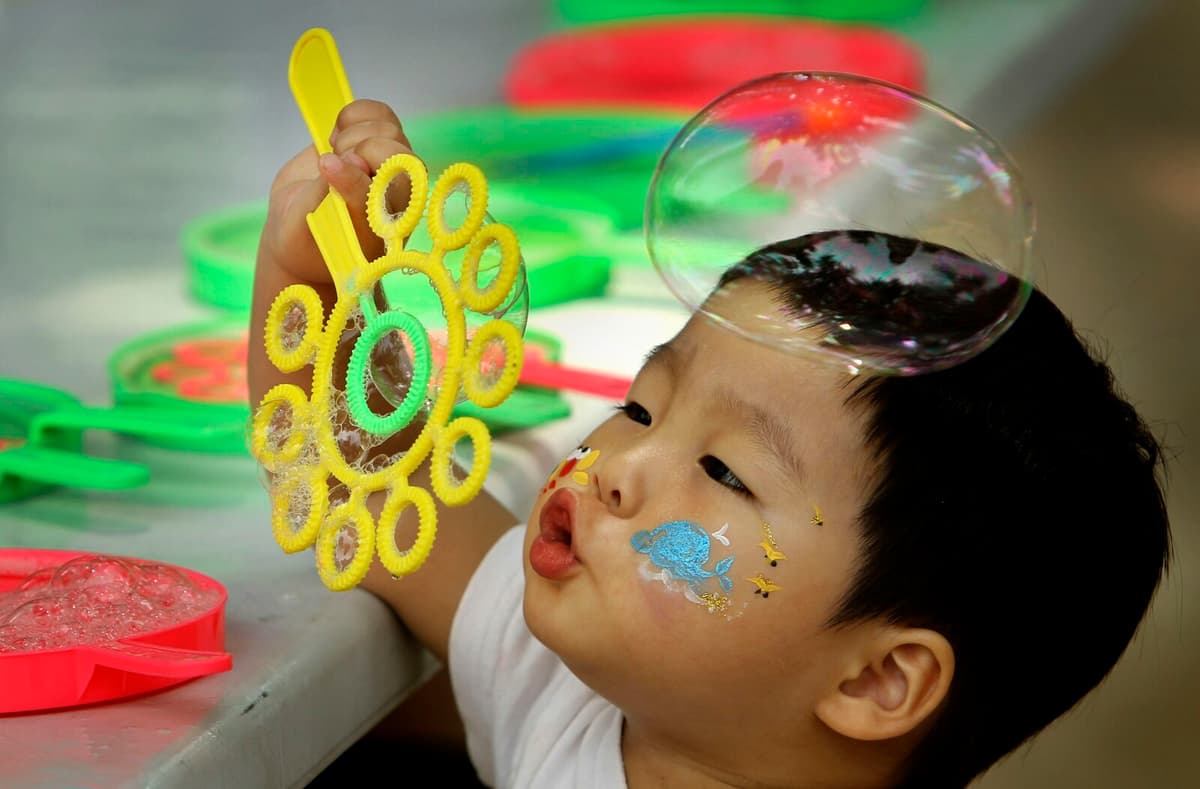Seoul has made a major effort to encourage women to have more children. Between January and May, the number of newborns increased by 6.9 percent – the highest growth rate since the measurements began in 1981.
The development is due to an increase in the number of women in their early 30s, which has led to an upswing in the number of marriages, according to South Korea's statistical agency.
In South Korea, there is a strong connection between marriage and childbearing. Many government benefits for childcare only apply to parents who are married.
Despite the increase, births in the country are still far from being at a stable level. The fertility rate – the average number of children a woman is expected to have during her lifetime – was 0.75 in May. To prevent the country's population from shrinking, a fertility rate of 2.1 children per woman is required. If the current trend continues, South Korea's population is expected to almost halve by 2100.
Analysts believe that there are several reasons for the low birth rate – from high costs for childcare and housing to a competitive society where it is difficult to get well-paid jobs.
The double burden on working mothers, who have to take care of the home and children in parallel with their career, is another important factor, they say.
To reverse the trend, the South Korean government is offering cash benefits, childcare services, and support for fertility treatments.





